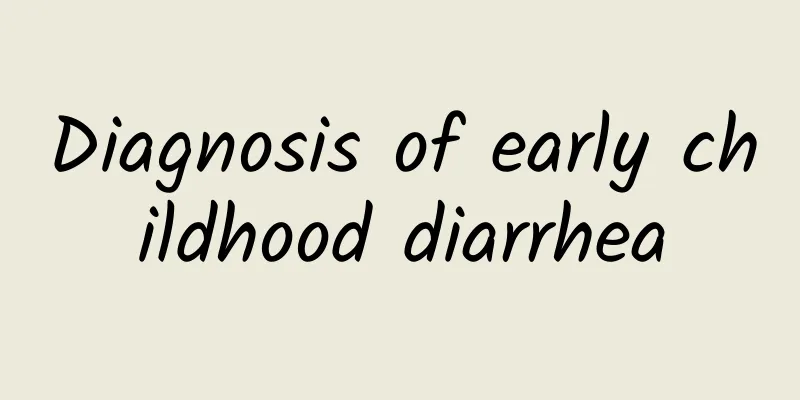Differences between atypical Kawasaki disease and typical Kawasaki disease

|
The difference between atypical Kawasaki disease and typical Kawasaki disease lies in the symptoms and diagnostic criteria, and the treatment of both is mainly based on immunoglobulin and aspirin. Typical Kawasaki disease has the main symptoms of persistent fever, rash, conjunctival congestion, oral mucosal changes, hard swelling of the hands and feet, and cervical lymphadenopathy; atypical Kawasaki disease may lack some typical symptoms, but may be accompanied by involvement of other organs, such as cardiovascular, digestive or nervous system abnormalities. The diagnosis of atypical Kawasaki disease requires a combination of laboratory tests and imaging evaluations, such as cardiac ultrasound examination of coronary artery lesions. Treatment options include intravenous immunoglobulin, oral aspirin, and in severe cases, glucocorticoids or immunosuppressants. 1. The symptoms of typical Kawasaki disease are relatively clear, including persistent fever for more than 5 days, accompanied by rash, conjunctival congestion, oral mucosal changes such as strawberry tongue, hard swelling of the hands and feet, and swollen lymph nodes in the neck. These symptoms are usually more obvious and relatively easy to diagnose. 2. The symptoms of atypical Kawasaki disease may be incomplete, such as only persistent fever and some typical symptoms, or accompanied by other organ involvement, such as abdominal pain, diarrhea, abnormal liver function or neurological symptoms. This situation increases the difficulty of diagnosis and requires combined laboratory tests and imaging evaluation. 3. Laboratory tests play a key role in diagnosis. Both typical and atypical Kawasaki disease may show abnormal inflammatory indicators such as elevated white blood cells, elevated C-reactive protein, and increased platelets. Cardiac ultrasound examination is particularly important to assess whether the coronary arteries are affected. 4. The treatment methods are similar, mainly intravenous immunoglobulin and high-dose aspirin, which can effectively relieve inflammation and prevent coronary artery disease. For atypical Kawasaki disease, if the condition is severe or the response to immunoglobulin is poor, glucocorticoids or immunosuppressants may be considered. 5. Follow-up and monitoring are crucial. Regardless of whether it is typical or atypical Kawasaki disease, regular cardiac ultrasound examinations are required to assess the status of the coronary arteries and promptly detect and treat complications. The difference between atypical Kawasaki disease and typical Kawasaki disease lies mainly in the symptoms and difficulty of diagnosis, but the treatment principles are similar, both mainly based on immunoglobulin and aspirin, and in severe cases, glucocorticoids or immunosuppressants are required. Regardless of the type, early diagnosis and treatment are key, and regular follow-up and cardiac ultrasound examinations can effectively prevent serious complications such as coronary artery disease and ensure the long-term health of children. |
<<: Can Kaihoujian be used for nighttime emergency treatment of acute laryngitis in children?
>>: Is patent ductus arteriosus normal in newborns?
Recommend
What causes sudden severe hair loss?
If you suddenly experience severe hair loss, you ...
How to prevent acute laryngitis in children in daily life
How to prevent acute laryngitis in children in li...
What foods can supplement iron? What are the symptoms of iron deficiency?
Cherry is a good iron supplement food. It is high...
Diagnosis of diarrhea in children
Mothers worry when their children are sick, so ho...
What are the symptoms of mumps? What medicine can cure mumps quickly?
Mumps can be divided into two types: bacterial an...
Can children with eczema exercise?
Can children with eczema exercise? The causes of ...
What is good for children to eat when they have a cough? What are the dietary treatments for children's cough?
If a child has symptoms of coughing, first of all...
What fruits should children eat when they have a cold? Eat more vitamin C
It is common for children to catch a cold. At thi...
What to do with neonatal jaundice? Analysis of the magical effect of probiotics on jaundice
Most newborns will have jaundice of varying degre...
What to do after pneumonia in children
Are you still looking for medical advice for your...
It is not difficult to treat physiological jaundice in children. Experts will give you some advice.
Physiological jaundice in children is a common ph...
How to treat a child with a severe cough How to treat a child with a severe cough
If you find that your baby has a severe cough, yo...
What fruits can help adults with hand, foot and mouth disease recover faster?
Adults who have suffered from hand, foot and mout...
What are the methods to prevent jaundice? What are the clinical manifestations of jaundice in children?
For parents, they should pay more attention to th...
What is neonatal pneumonia? Does neonatal pneumonia require intubation?
Neonatal pneumonia is a common pediatric disease....









